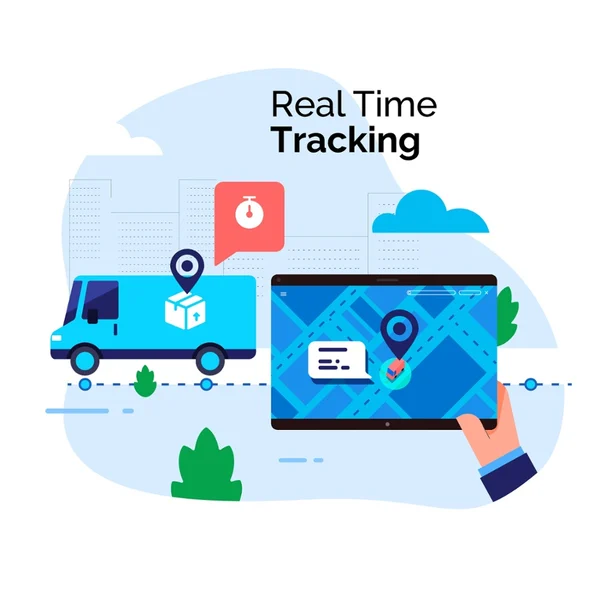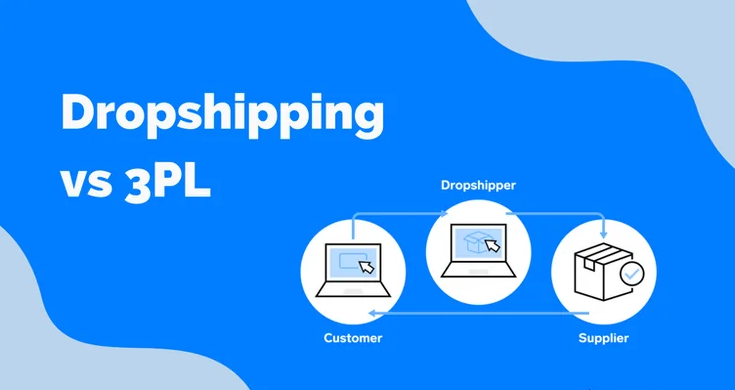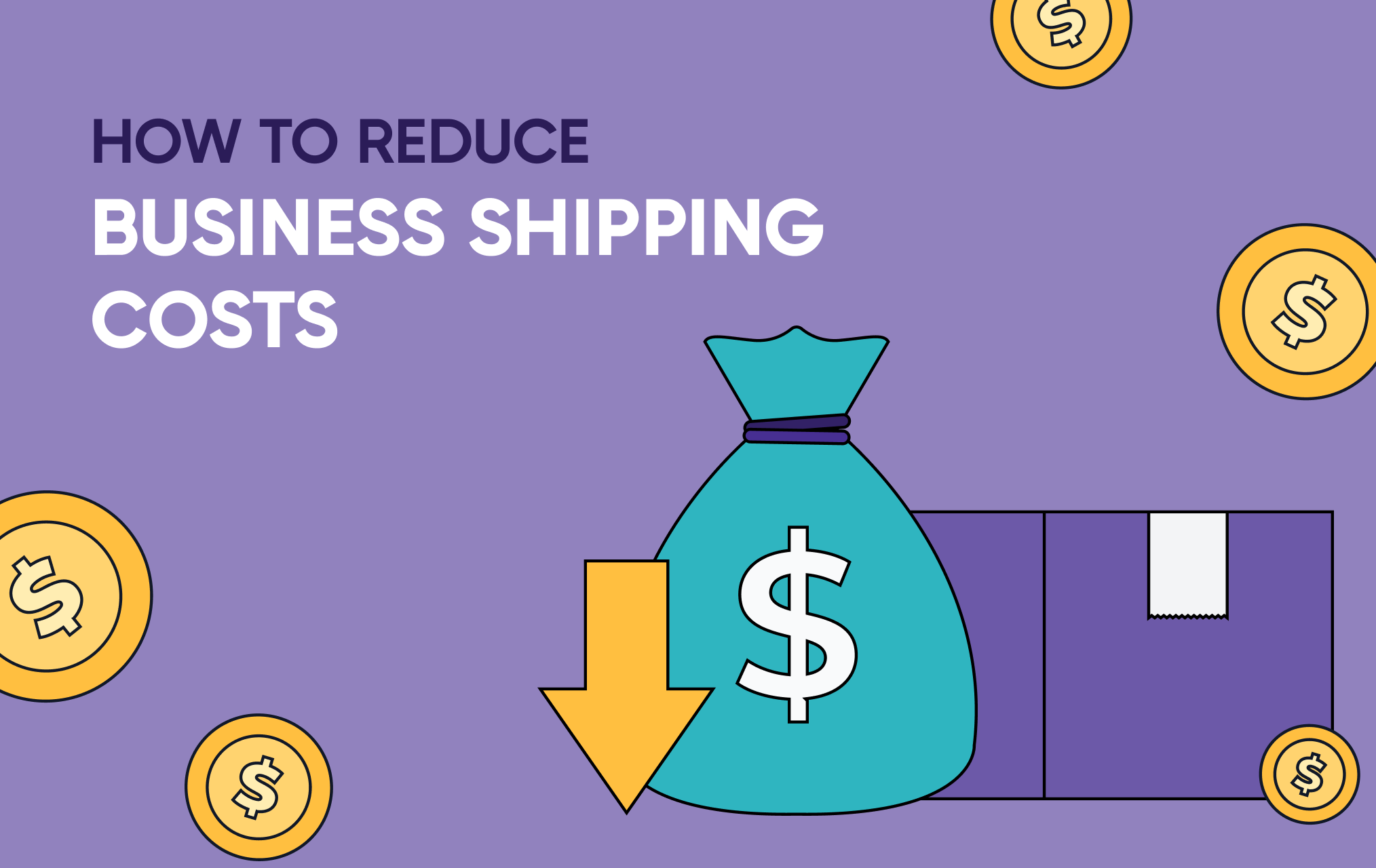Réduire les coûts d'expédition grâce à des informations de suivi OMS intelligentes
Pour les détaillants en ligne comme pour les fabricants, expédition Les dépenses peuvent rapidement devenir incontrôlables en l'absence d'un système de suivi OMS approprié. Une visibilité proactive de chaque étape de la chaîne d'approvisionnement grâce à un système de suivi OMS bien intégré permet d'identifier les inefficacités, de réduire les gaspillages et, en fin de compte, de diminuer les coûts. Cet article explique comment suivi en temps réelLa mise en place d'un système d'alerte, d'alertes en cas d'exception et de services logistiques intégrés peut transformer les opérations de transport maritime d'une lutte réactive contre les incendies en une gestion stratégique des coûts.

Comprendre la visibilité proactive
Avant de se lancer dans des tactiques de réduction des coûts, il est essentiel de définir ce que signifie la visibilité proactive dans un contexte d'expédition. Plutôt que d'attendre que les problèmes - tels que les retards d'expédition ou les ruptures de stock - apparaissent, les entreprises exploitent les données et les alertes pour anticiper les problèmes avant qu'ils ne surviennent. Cette approche prospective s'appuie sur :
- Expédition en temps réel suivi pour tous les transporteurs et tous les modes de transport
- Notifications automatisées des exceptions lorsque les étapes du transit ne sont pas respectées
- Tableaux de bord intégrés qui combinent les données relatives aux commandes, aux stocks et aux transporteurs
En agissant sur les signes avant-coureurs, tels qu'un conteneur bloqué à la douane ou un retard dans l'enlèvement du dernier kilomètre, les équipes peuvent réacheminer le fret, ajuster la répartition des stocks ou informer les clients de la révision des fenêtres de livraison.
Pourquoi l'expédition réactive coûte-t-elle plus cher ?
Lorsque les entreprises ne découvrent les retards qu'une fois qu'ils se sont produits, les remèdes sont souvent les suivants :
- Expédition en urgence de stocks de remplacement à des tarifs préférentiels
- Frais de dédouanement ou de courtage accélérés
- Des relations avec les clients endommagées et des remboursements potentiels

Ces solutions réactives ne font pas que gonfler les budgets d'expédition, elles détournent également les équipes internes de tâches à plus forte valeur ajoutée.
Stratégies clés pour la réduction des coûts
La mise en œuvre d'une visibilité proactive nécessite la bonne combinaison de technologies et de services. Voici quelques stratégies qui ont fait leurs preuves en matière de réduction des frais d'expédition :
1. Multi-porteurs Suivi des performances
Comparer les mesures des transporteurs côte à côte
Différents transporteurs excellent dans diverses régions ou profils d'expédition. En surveillant en permanence les taux de livraison à temps, les incidents liés aux dommages et le coût par kilogramme, les équipes opérationnelles peuvent déplacer dynamiquement les volumes vers le fournisseur le plus rentable.

S'appuyer sur des experts régionaux
Les colis postaux gestion des transporteurs service regroupe les données de performance des opérateurs postaux (Royal Mail, USPS, CTT) et des coursiers commerciaux (Evri, FAN) en une seule interface. Cela permet aux détaillants de sélectionner automatiquement le meilleur transporteur pour chaque itinéraire, réduisant ainsi les suppléments pour livraison manquée et les remises d'heures supplémentaires.
2. Routage basé sur les exceptions
Règles de reroutage automatisées
Lorsqu'un envoi n'est pas scanné à l'origine ou qu'il est retardé par les conditions météorologiques, le réacheminement automatisé permet de mettre en place un autre mode de transport sans intervention manuelle. La mise en place de règles prédéfinies - comme le passage du rail à l'avion si le transit dépasse 48 heures - permet de réduire les frais d'immobilisation et de surestarie.
Alertes précoces
Les plateformes de visibilité proactive envoient des alertes dès qu'une étape est manquée. Les responsables des opérations peuvent alors décider d'approuver une solution premium ou d'attendre, en fonction des accords de niveau de service du client et des seuils de coûts.
3. Optimisation de la position des stocks
Allocation des actions distribuées
La détention de stocks dans plusieurs entrepôts situés à proximité des marchés clés permet de réduire les coûts d'exploitation. dernier kilomètre les coûts et les temps de transit. La visibilité proactive des niveaux de stock et des expéditions en transit permet aux entreprises de rééquilibrer leurs stocks avant que les entrepôts ne s'épuisent.
Coordination du Dropship et du 3PL
Pour les entreprises qui utilisent les services de 3PL ou de dropshipping, l'intégration de la traçabilité OMS à l'entrepôt permet de réduire les coûts. WMS garantit la fluidité des retours et des réapprovisionnements. Les services de Postalparcel service de gestion des stocks et des commandes synchronise les mises à jour des stocks sur tous les sites, ce qui permet d'éviter les surstocks et les transports aériens d'urgence.

4. Validation des adresses et consolidation de la charge
Prévenir les échecs de livraison
Invalide ou incomplet adresses déclenchent des frais de retour à l'expéditeur et des coûts de réexpédition. L'intégration de la validation des adresses à la caisse permet de détecter rapidement les erreurs, de réduire le gaspillage et d'éviter les envois en double.
Consolider les petites parcelles
Le regroupement des commandes destinées à la même région en une seule palette ou un seul conteneur permet de réduire les tarifs de fret à l'unité. Des outils de visibilité proactifs identifient les opportunités de consolidation en analysant les flux de commandes quotidiens et en suggérant des expéditions par lots.
Intégrer la visibilité proactive dans les opérations quotidiennes
Un programme de réduction des coûts réussi ne se met pas en place du jour au lendemain. Les détaillants devraient commencer par un programme pilote axé sur les itinéraires ou les lignes de produits à coûts élevés, puis l'étendre une fois que les économies ont été prouvées. Les étapes clés sont les suivantes :
- Sélectionner un partenaire de visibilité qui offre à la fois une technologie de suivi et services logistiques.
- Définir des règles d'exception alignés sur vos engagements de livraison et vos objectifs budgétaires.
- Former les équipes pour répondre aux alertes et exploiter les données pour la prise de décision.
- Examiner les rapports mensuels pour mesurer les économies réalisées grâce à la réduction des frais d'expédition, à la diminution du nombre de livraisons manquées et à l'optimisation des tarifs des transporteurs.

Lorsqu'une entreprise de taille moyenne Marque DTC electronics Lancée en Amérique latine, elle a dû faire face à des performances incohérentes en matière de messagerie et à des frais élevés pour les expéditions urgentes. En intégrant Colis postalGrâce au service de visibilité proactive d'EMCS, la marque a mis en place des tableaux de bord en temps réel et automatisé l'acheminement des exceptions. En l'espace de trois mois, elle a réduit les dépenses de fret accéléré de 25% et les escalades du service client de 40%, le tout sans augmentation des effectifs.
L'impact sur les résultats
En fin de compte, la visibilité proactive fait passer l'expédition d'un centre de coûts à un avantage concurrentiel. Par :
- Réagir aux problèmes avant qu'ils ne s'aggravent
- Optimiser en permanence la sélection des transporteurs
- Équilibrer les stocks entre les régions
- Prévenir les retours et les réexpéditions
Les entreprises peuvent réduire durablement leurs dépenses logistiques. En outre, l'amélioration des performances de livraison renforce la fidélité des clients et réduit les obligations de remboursement, ce qui améliore encore les résultats.
Aperçu de l'industrie
nouvelles via la boîte de réception
Nulla turp dis cursus. Integer liberos euismod pretium faucibua








